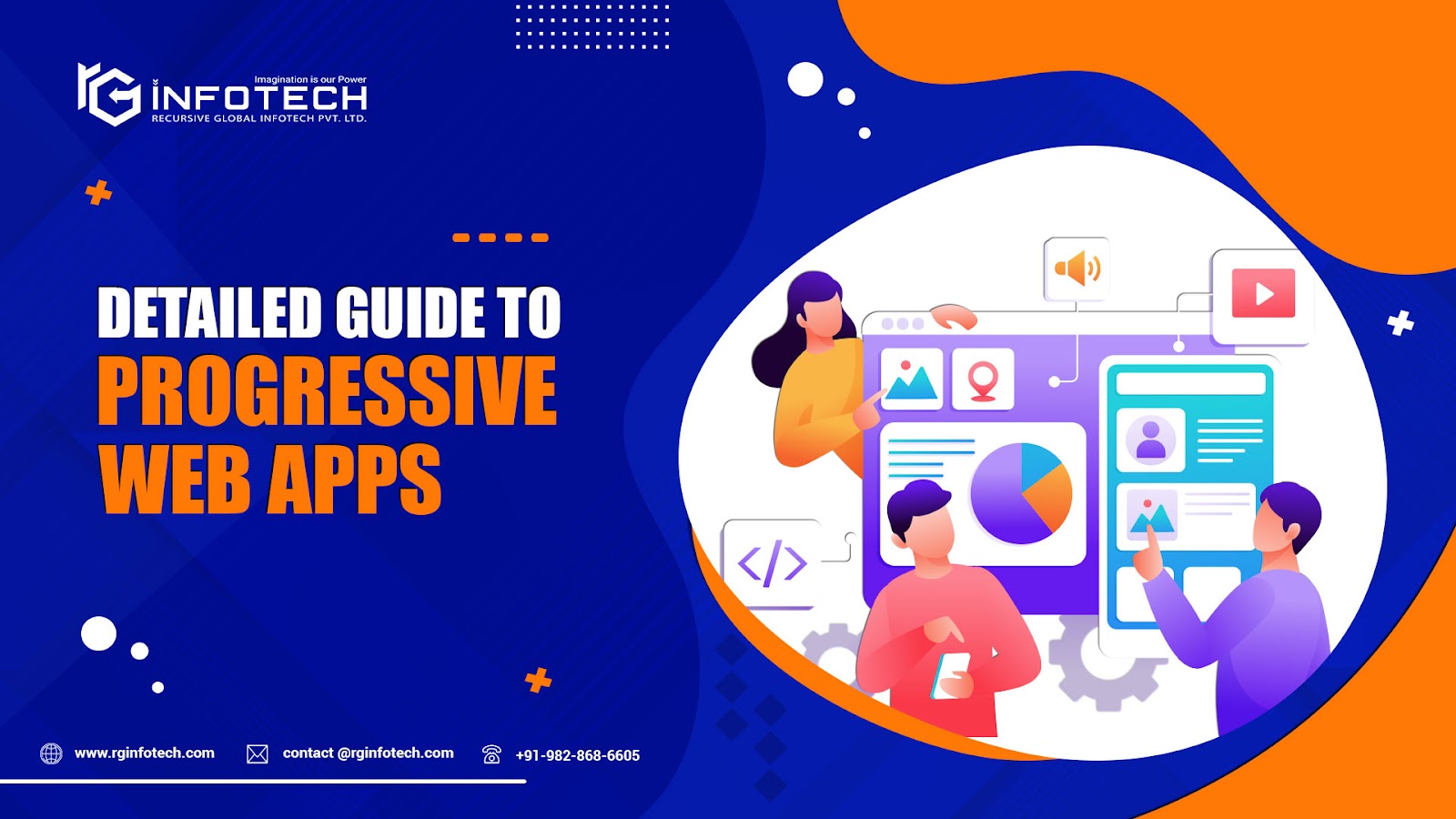Why Should You Adopt a Micro Frontend Architecture?
While building process-driven applications use of monolithic architecture will affect the development process and also limit the development due to the complexity. To increase the agility of process-driven applications, developers must go for a flexible architecture.
Micro frontend architecture changing the approach of developers towards web application architectures. This new approach has expanded the possibility of upgrading the application/website without affecting the backend code.
Let’s move forward and know more about the Micro Frontend Architecture and its benefits.
What is a Micro Frontend Architecture?
Over the last years, the IT industry has started to break large software into small ones to manage the work. Dividing the software allows the software to develop, test, and deploy independently.
This is regarded as backend development and the same approach goes with frontend development which goes by the name of micro frontend architecture.
Micro Frontend architecture has become more helpful than ever due to the pitfalls coming in the traditional monolithic architecture. Using monolithic architecture to develop an app will be difficult as the software front ends grow rapidly.
Moreover, the micro front ends give you the liberty to work on complex architectures easily. Under this technology, you can divide the whole application/website into small parts and can handover it to the different teams to use different technologies in it.
It is somewhat like microservices and with that it allows you to take components from different libraries. These multiple components and frameworks can be used on the same web page.
5 Benefits of Using Micro Frontends
Using Micro Frontends architecture will completely change your approach towards architectures and updates of applications/websites.
An iterative approach to updates
Microservices are all about reducing the monoliths for more flexibility. These microservice even ease the process of updating backend functionalities without disturbing any code. Microservices are already there but managing frontend monolith is quite challenging.
Micro frontends enhance the ability to build & develop any website or application by separating many parts from database to HTML.
Enterprises can build process-driven apps and websites effectively and quickly using micro frontends. All this happens as the whole large workflow system can be broken into small components to ease the whole process. It will automatically improve the user experience and help in smoothing business management.
However, organizations can easily update UX without affecting the whole business and facing any side effects. It eases the process of iterative updates and new experimentation can be done without facing the cost complexity.
Small and Manageable Code
Micro frontends have small codes and these codes are easy to navigate and there are very low chances of any mistakes due to less complexity. This increases efficiency, as developers are not strangling with any complexity. Micro frontends best work with the process-driven application as they have complicated workflows.
Increase reusability across the process
The micro frontend is beneficial for enterprises that are developing multiple applications with the requirements of the same workflow. Under this architecture, enterprises can extract out common elements to reduce time and effort while creating new workflows.
For instance, a company is working on multiple sites and they all need a payment processor. Instead of building this same functionality from scratch; a common one can be used on all the platforms. The reusability can save organizations from wasting money and time to design the same functionality. Under the micro frontend, the same functionalities can be used multiple times.
Expand User Experience
In this market filled multiple software, personalized User Experience which can bring limelight to your platform. Micro frontends enable the service-based culture. Microservices ease the development process allowing cross-functional teams to work individually on both backend and frontend.
Let’s take an example of a banking institution, different teams can handle the different aspects individually. Like, one team can manage the workflow to create an account and the other can guide customers to create their profile.
All the multiple functionalities can be handled by different teams independently at their pace which will automate the business workflows.
Develop individuals role
In the developing process-driven platform, it is necessary to assign the different work and permissions to different people and provide the relevant information only to each user. And micro frontends develop different views based on each person's unique role.
Micro frontend avoids the use of single-page applications for each user role and enables you to do changes quickly in the various roles.
Conclusion
Hence, architecture like the micro frontend is completely changing the way to deal with the monolith to increase the flexibility in updates. Rg Infotech uses such updated architecture and that's why our workflow process and case management process are smooth. Make sure you are using advanced technology and updated tools to simplify your work.



We have a special team for Shopify developers who are well-versed with the interface and all its features. To initiate an online business, you need an expert website developer who can build your eCommerce website/store from scratch.
ReplyDelete